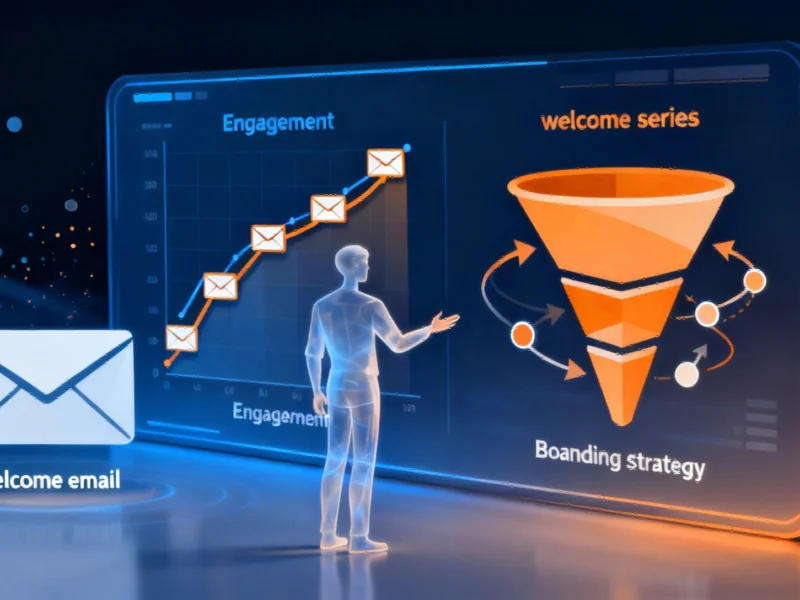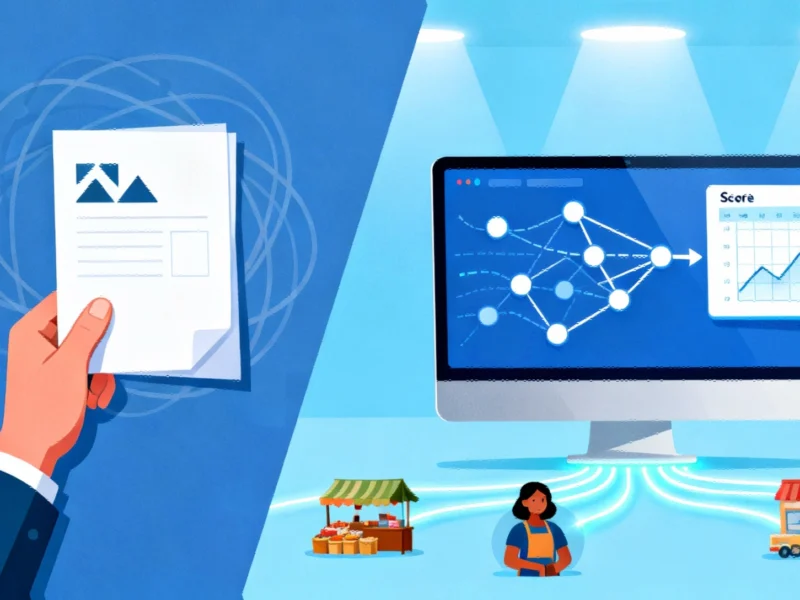The Resilient Power of Strategic Email Marketing
Despite frequent declarations of its demise, email remains a cornerstone of digital communication with global email marketing revenue projected for significant growth. However, as brands increasingly focus on message volume, a concerning decline in per-message engagement reveals deeper strategic challenges. This isn’t merely inbox fatigue but a clear signal that traditional email approaches are failing to adapt to evolving consumer expectations and the rapid transformation of digital experiences. The fundamental shift required mirrors broader digital transformations occurring across industries, similar to how enterprise technology is evolving to prioritize strategic integration over mere implementation.
Tim Smith, President of Axle Agency, the award-winning marketing division of Data Axle, identifies this critical gap in email strategy. He emphasizes that the problem isn’t email’s inherent value but rather the industry’s collective failure to evolve its strategic application. This strategic evolution parallels developments in other sectors where technology infrastructure advancements are driving new approaches to fundamental business processes.
Transforming Welcome Sequences into Strategic Onboarding Funnels
For many organizations, the welcome email remains a basic courtesy—a singular acknowledgment of new subscribers. This conventional approach misses a crucial strategic opportunity. Modern email strategy demands treating welcome sequences not as simple greetings but as critical customer onboarding funnels that establish long-term engagement patterns.
The data substantiates the monumental opportunity at stake: Axle Agency research analyzing over 22 million welcome flows reveals that brands utilizing multi-touch onboarding sequences achieve an average of 42% greater lift in downstream conversion compared to single-message campaigns. This proven performance underscores the importance of the initial 72 hours post-signup, which represents a key activation window where high-intent signals like click behavior, preference selection, and initial conversions are most prevalent.
“Welcome flows set the tone for the entire customer relationship,” explains Smith. “Brands not using that moment to capture zero-party data and build relevance are effectively choosing guesswork over clarity for every interaction that follows.”
The Shift from Static to Liquid Segmentation
Traditional segmentation based solely on demographics or historical behavior is increasingly inadequate in today’s dynamic consumer landscape. The most effective email strategies are transitioning beyond these fixed categories toward “liquid segments”—audiences defined not just by customer identity but by the recency and velocity of their responses and activity.
Axle Agency’s findings demonstrate that real-time logic applied to these liquid segments outperforms traditional segmentation by a notable 38% across financial services and retail clients. This approach involves continuously tracking engagement recency and actively adapting subsequent messages based on these real-time signals, much like how modern workforce platforms are adapting to real-time performance data and training needs.
“Most segmentation strategies are stuck in the past,” Smith observes. “The real gains come when brands stop treating audiences as fixed groups and start shaping journeys that flex with behavior and intent as it happens.”
Moving Beyond Urgency to Curiosity-Driven Engagement
In increasingly saturated digital inboxes, the effectiveness of urgency-based language in email subject lines is steadily declining. Consumers face constant exposure to “limited time offers” and “act now” prompts, leading to desensitization that diminishes impact.
Marketers are discovering that subject lines designed to spark curiosity, offer unexpected insights, or create subtle “narrative friction” are significantly more effective. Research confirms these curiosity- or insight-driven approaches outperform urgency-based language by up to 22%, a trend particularly evident among Apple users as Mail Privacy Protection shifts focus from open rates to genuine engagement.
“Urgency language is losing effectiveness in saturated inboxes,” Smith confirms. “What’s working now are subject lines that create narrative friction with questions, unexpected insights, or value-forward statements. For instance, ‘What we learned from your last visit’ outperforms ‘Don’t miss this offer’ by 18% across tested segments.”
AI as Ideation Accelerator Rather Than Strategy Replacement
Artificial intelligence provides powerful new tools for content generation, ideation, and personalization at scale. However, a crucial distinction must be maintained: AI should primarily function as a testing accelerator—not the strategy itself. Over-reliance on generative AI tools for final email assets without proper validation can lead to suboptimal performance, similar to how business leadership requires maintaining authentic connections despite technological advancements.
A recent Prosper Insights & Analytics survey revealed that 40% of U.S. adults are concerned that AI can provide wrong information, highlighting the necessity for human oversight and rigorous testing of AI-generated content before deployment. While many marketers quickly deploy AI-generated subject lines or creative assets, Axle Agency’s data shows a significant 34% performance lift when AI outputs are treated as test hypotheses rather than final deliverables.
“AI is helping us scale ideation over production, but we don’t deploy a single AI-generated asset without testing against a control,” states Smith. “We’ve seen campaigns underperform by 20% when brands skip the human QA step or fail to isolate variables in A/B design.”
The Future of Integrated Email Strategy
Email remains far from an antiquated channel, continuing as a cornerstone of effective digital communication. Its sustained impact depends on marketers moving beyond outdated, volume-driven tactics to embrace more adaptive, insight-led approaches that prioritize genuine engagement. When thoughtfully integrated into omnichannel strategies—uniting email with social, search, and other personalized touchpoints—its value amplifies significantly, driving more cohesive and resonant customer experiences that align with evolving consumer expectations and technological capabilities.
The evolution of email strategy represents a broader shift in digital marketing toward more intelligent, responsive approaches that leverage technology not merely for production efficiency but for strategic ideation and continuous optimization. This transformation ensures email marketing remains relevant and effective in an increasingly sophisticated digital ecosystem.
Based on reporting by {‘uri’: ‘forbes.com’, ‘dataType’: ‘news’, ‘title’: ‘Forbes’, ‘description’: ‘Forbes is a global media company, focusing on business, investing, technology, entrepreneurship, leadership, and lifestyle.’, ‘location’: {‘type’: ‘place’, ‘geoNamesId’: ‘5099836’, ‘label’: {‘eng’: ‘Jersey City, New Jersey’}, ‘population’: 247597, ‘lat’: 40.72816, ‘long’: -74.07764, ‘country’: {‘type’: ‘country’, ‘geoNamesId’: ‘6252001’, ‘label’: {‘eng’: ‘United States’}, ‘population’: 310232863, ‘lat’: 39.76, ‘long’: -98.5, ‘area’: 9629091, ‘continent’: ‘Noth America’}}, ‘locationValidated’: False, ‘ranking’: {‘importanceRank’: 13995, ‘alexaGlobalRank’: 242, ‘alexaCountryRank’: 114}}. This article aggregates information from publicly available sources. All trademarks and copyrights belong to their respective owners.



